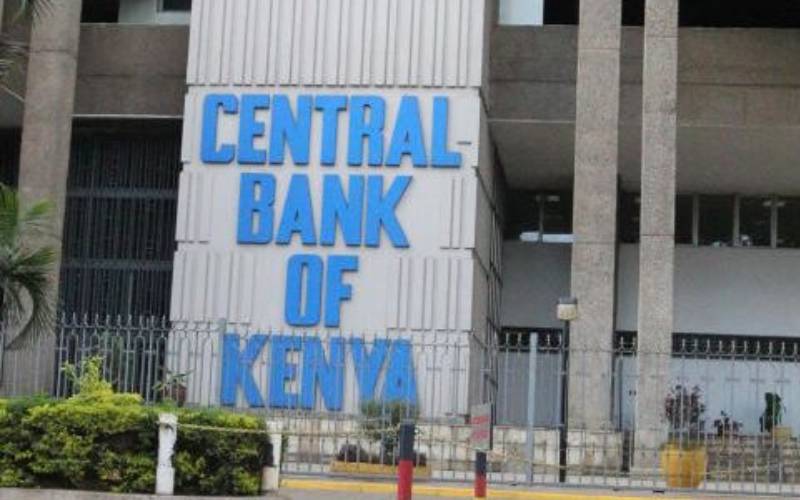×
The Standard e-Paper
Join Thousands of Readers

Coronavirus caught the world flatfooted, but nothing has pulled a surprise on economic experts more than the hike in diaspora remittances to poor nations during the pandemic.
The World Bank had even projected that remittance flows to low- and middle-income countries were expected to drop by around 20 per cent.